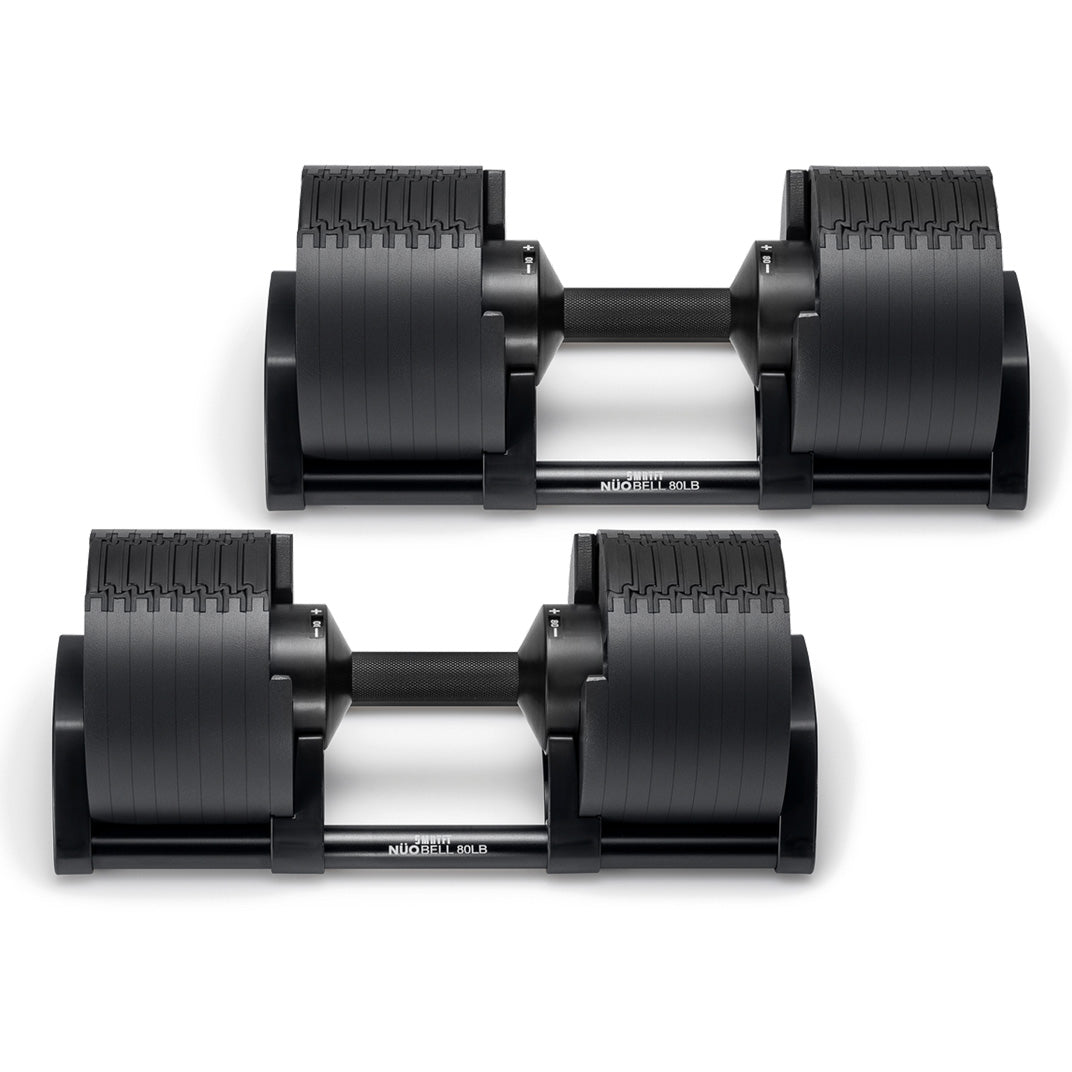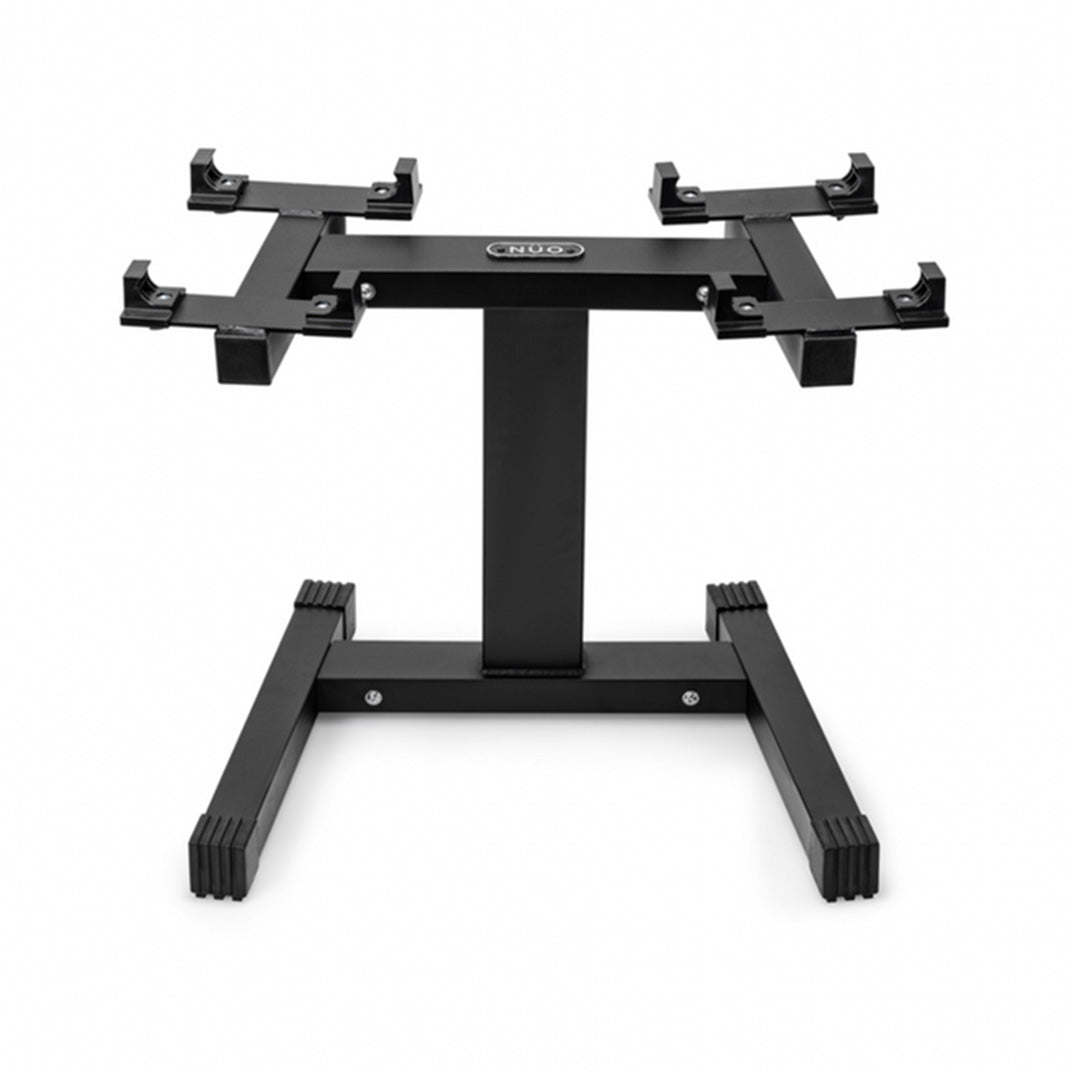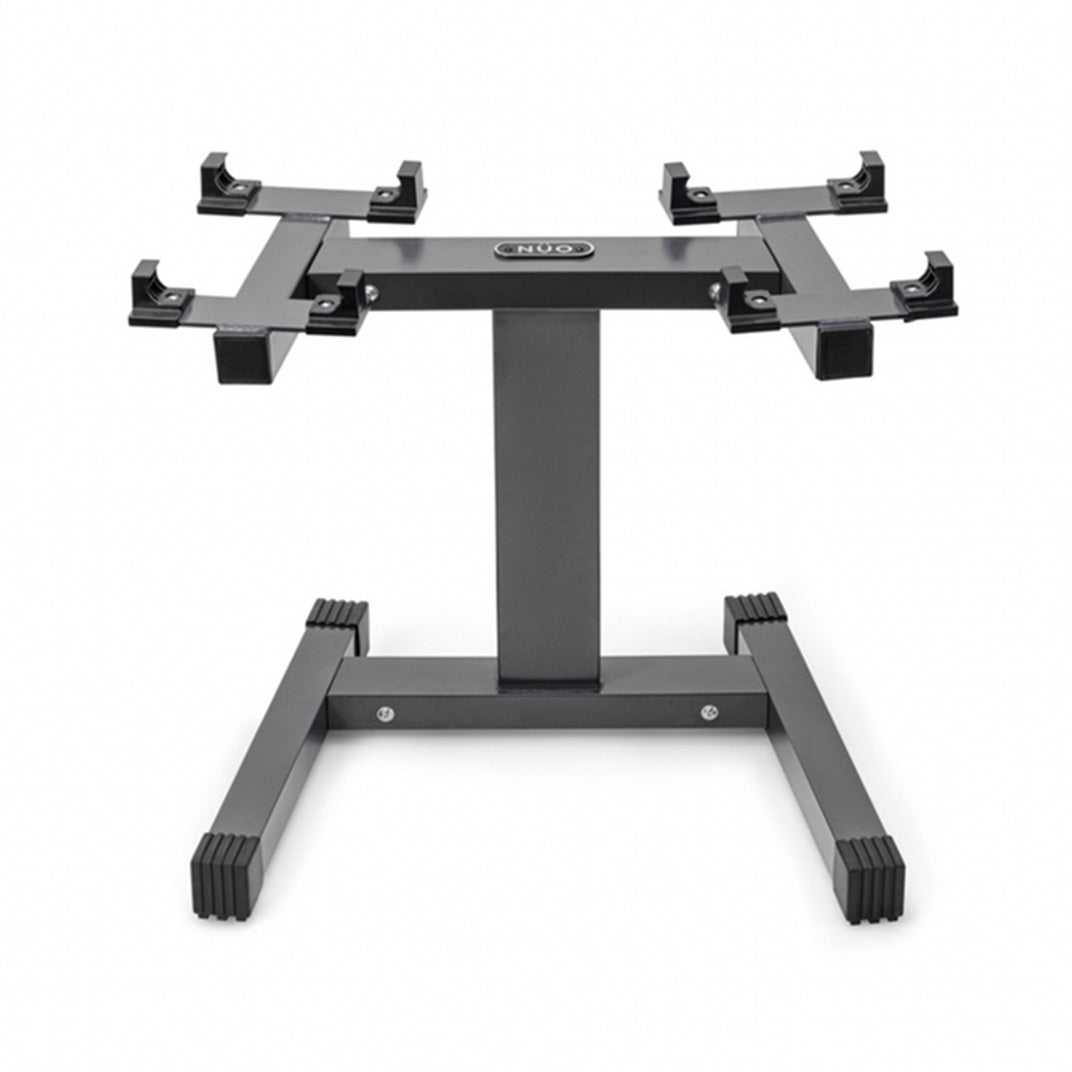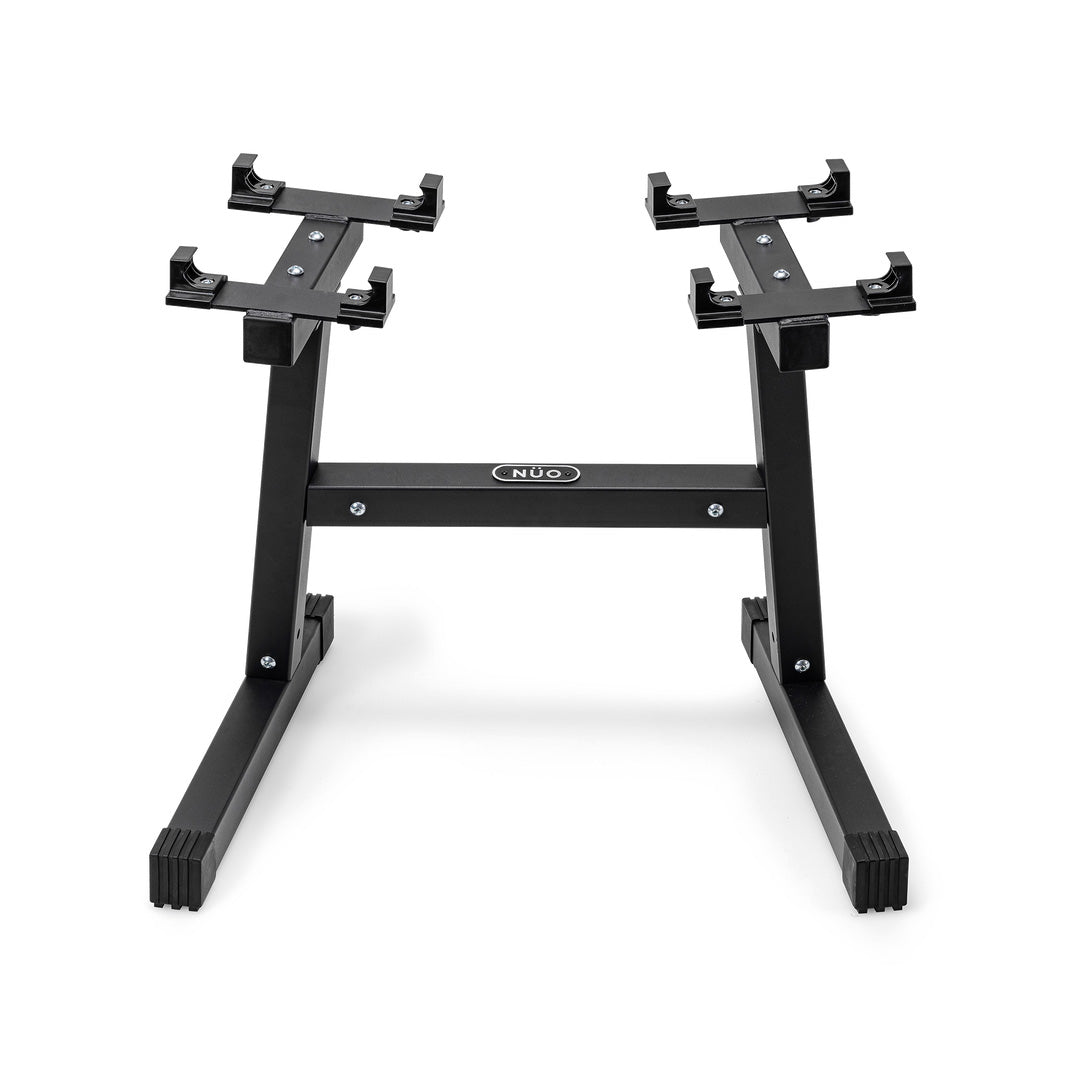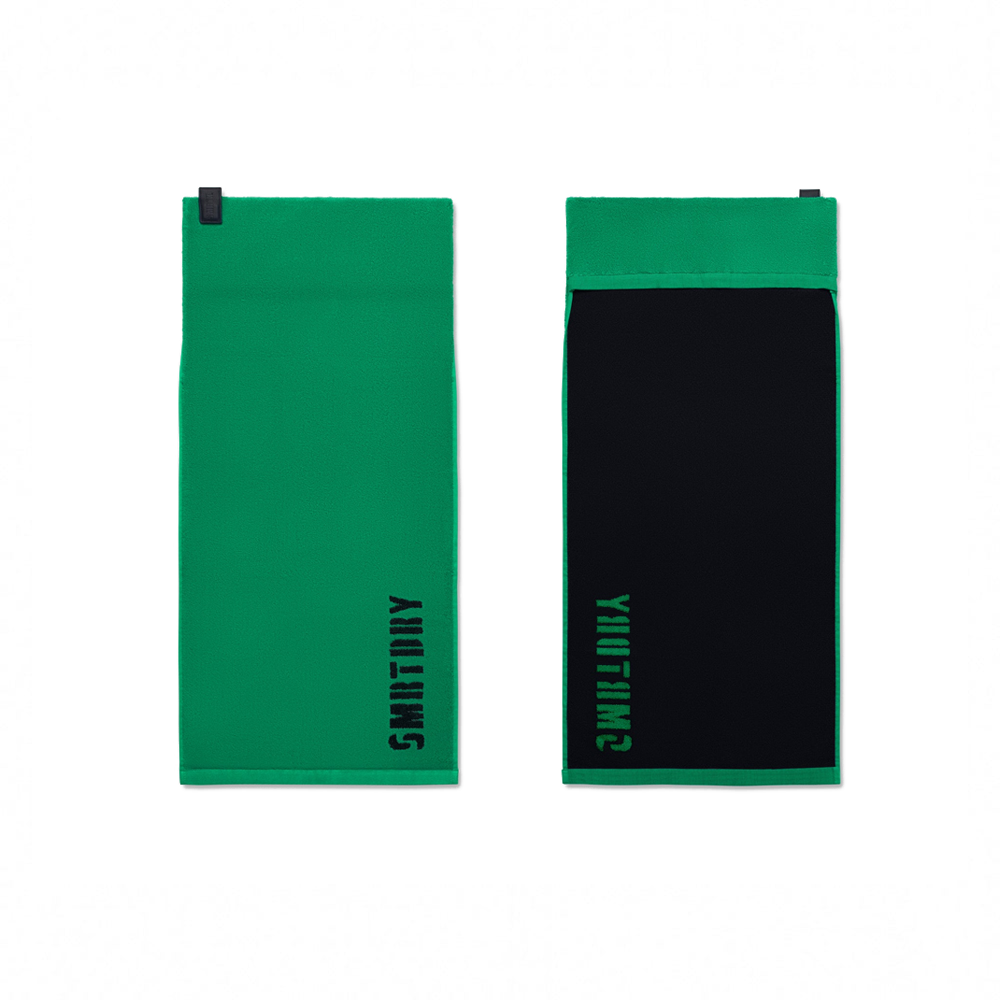BY EBENEZER SAMUEL, C.S.C.S.
Few exercises build compete leg strength better than the goblet squat. The most underestimated of squat variations, the goblet squat has you holding a dumbbell at your chest as you lower into the bottom of a squat position, then stand explosively.
And sure, barbell squat variations like the back and front squat generally get more hype. But the goblet squat has its own strengths. It’s the easiest squat to learn, and you can load it more than people think; don’t be afraid to max out your SMRTFT adjustable bells on this one. You’ll also get serious ab work, especially if you pause at the bottom of each rep.
The key to the goblet squat: Mastering its nuances, and avoiding these three mistakes. Aim to do 3 sets of 8 to 10 reps per week of goblet squats.

Yes, a squat involves bending at the knees, but you can’t do that first. If you do, you’ll find yourself struggling to squat deeply and maintain your balance. Your first move on the goblet squat should be to slightly push your butt backwards. Then begin bending at the knees, aiming to lower until your thighs are parallel with the ground.

During any squat, you ideally want to work through a near-full range of motion, letting your hamstrings touch your calves. But not everyone will have that range of motion, thanks to injuries or mobility limitations. Can’t get low? Focus on lowering down until your thighs are parallel to the ground. You should be able to pause in this position. Then stand back up.

Knee tracking is critical during the squat; if your knees turn in towards themselves you’ll struggle to reach natural and comfortable squat depth. To properly prevent this from happening, you’ll need to think about squeezing your outer glutes; doing so will naturally lead your knees to open up slightly as you lower into the squat. Remember these three ideas, and you’ll get the most out of your goblet squat.


